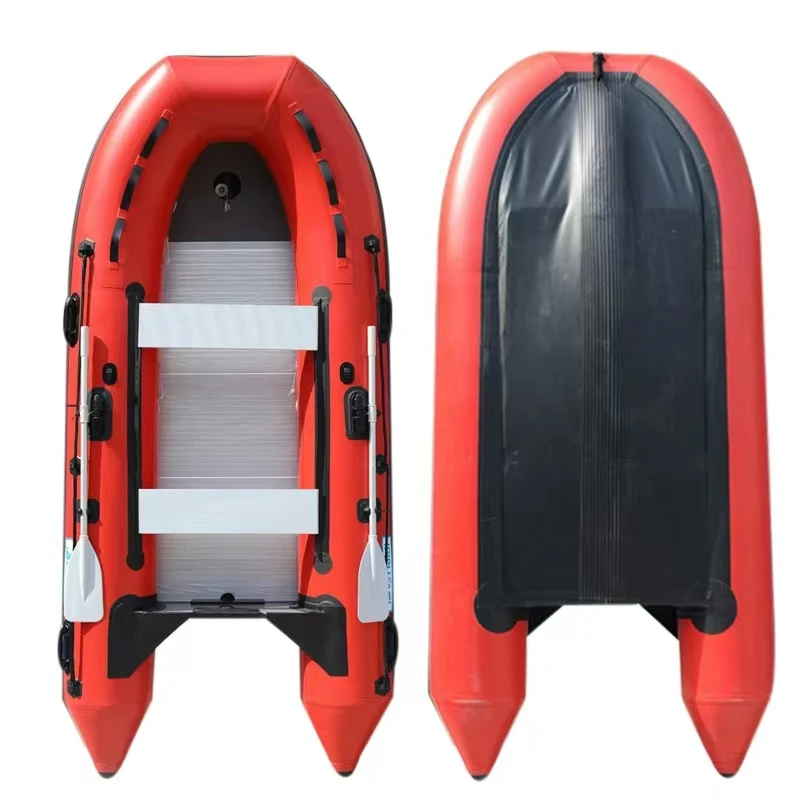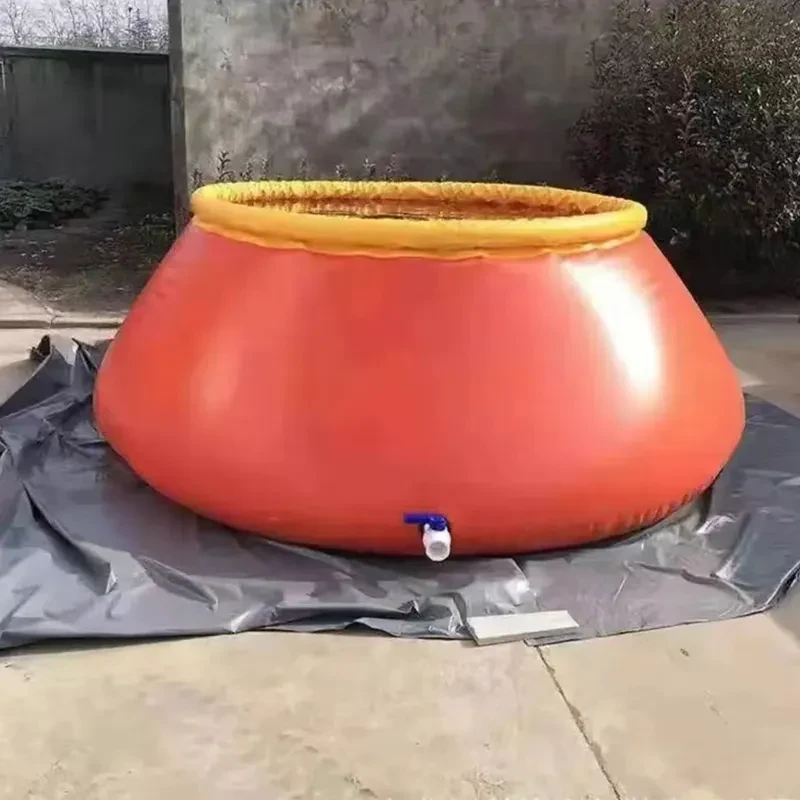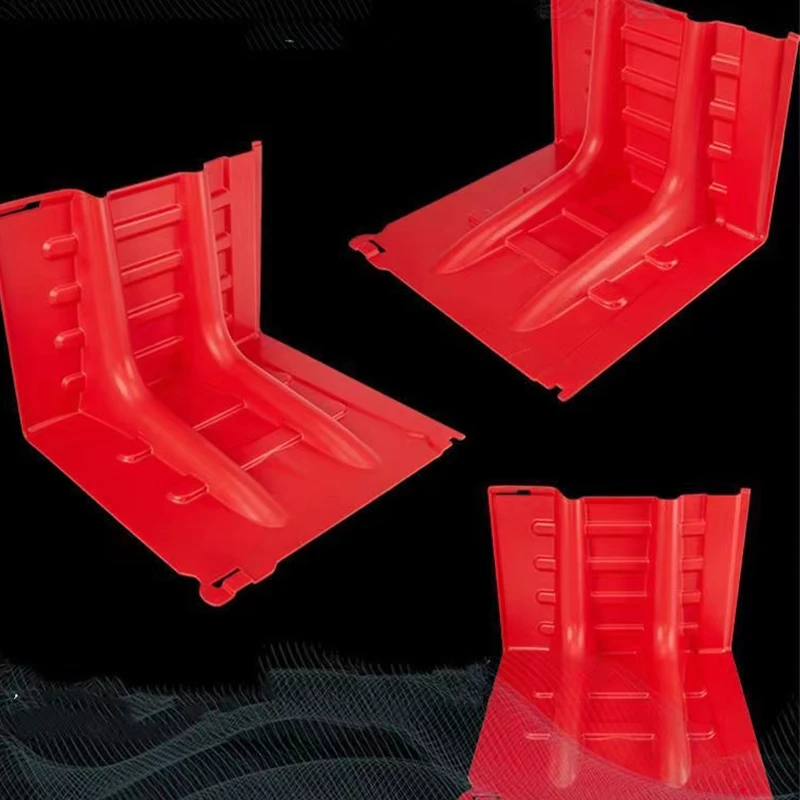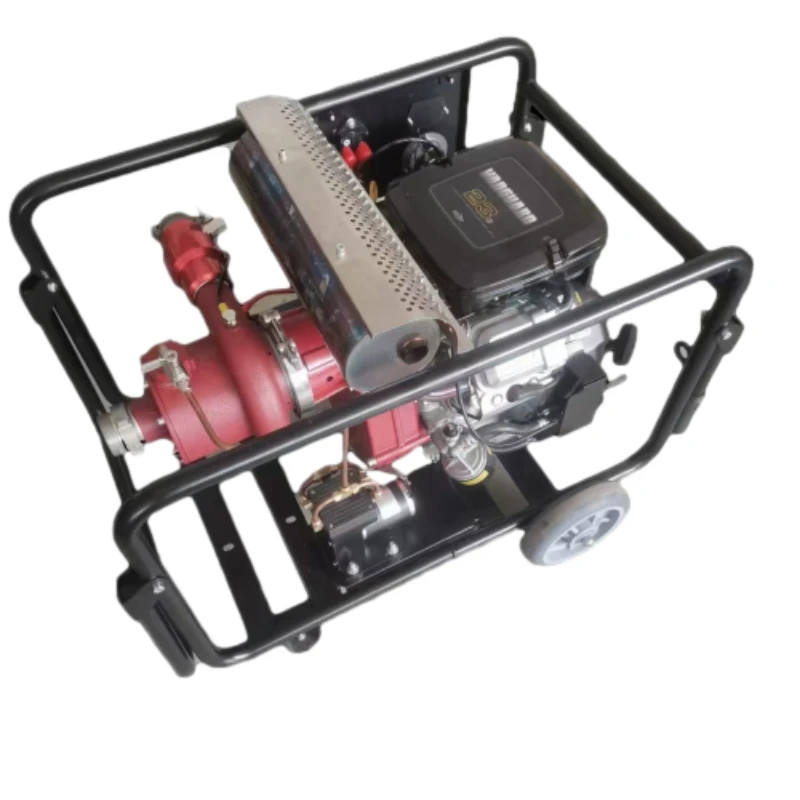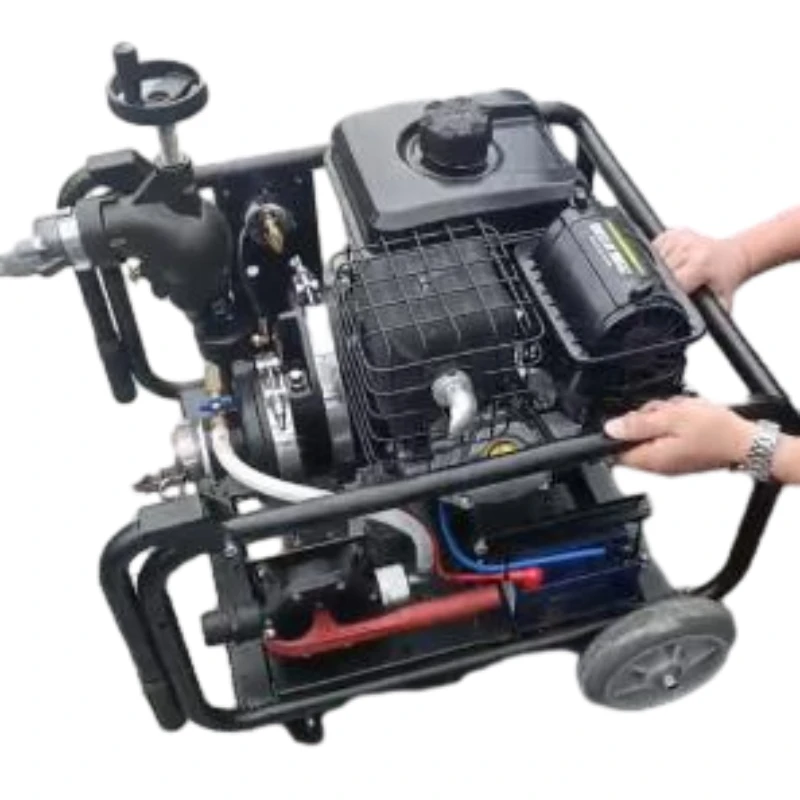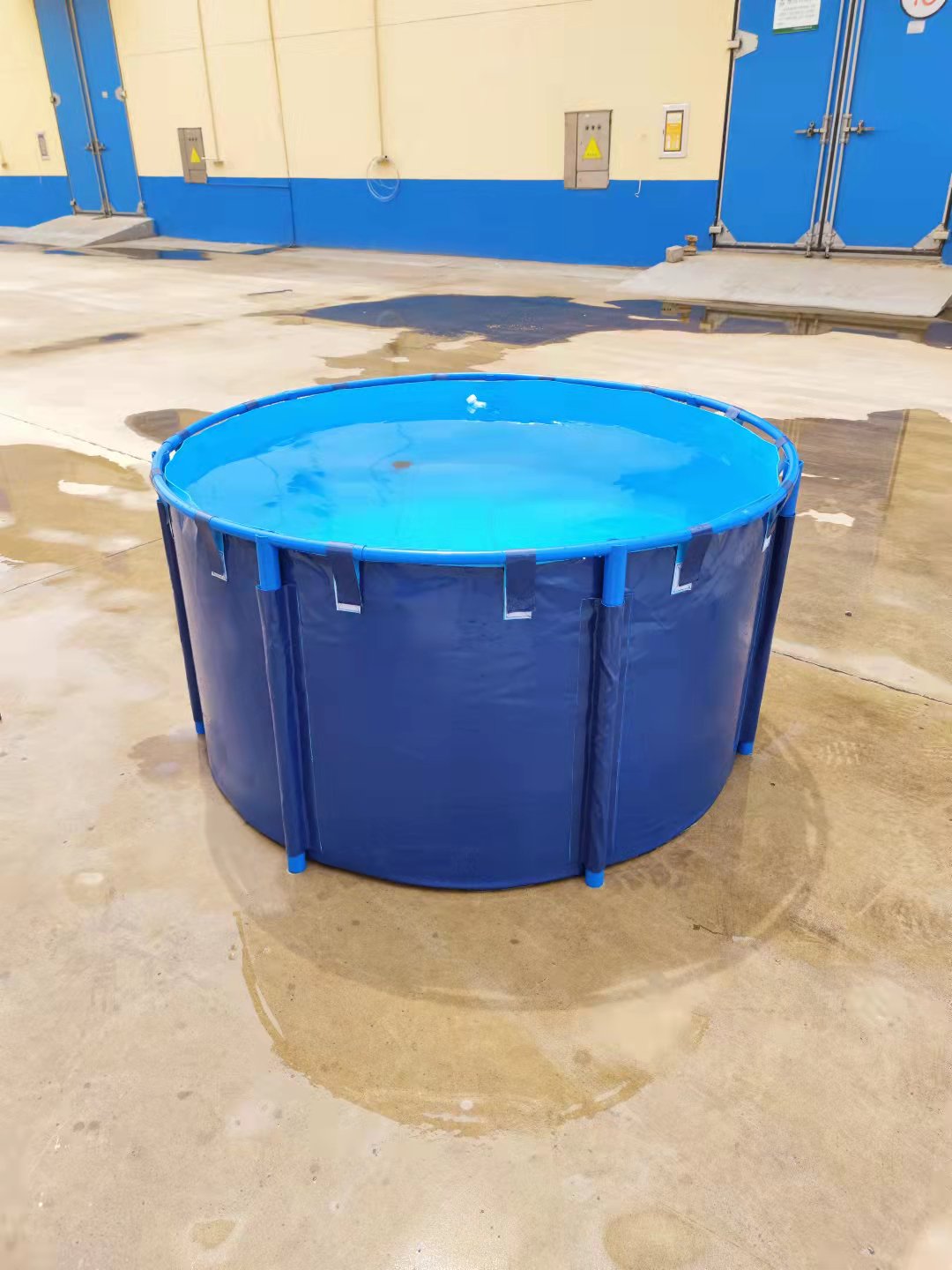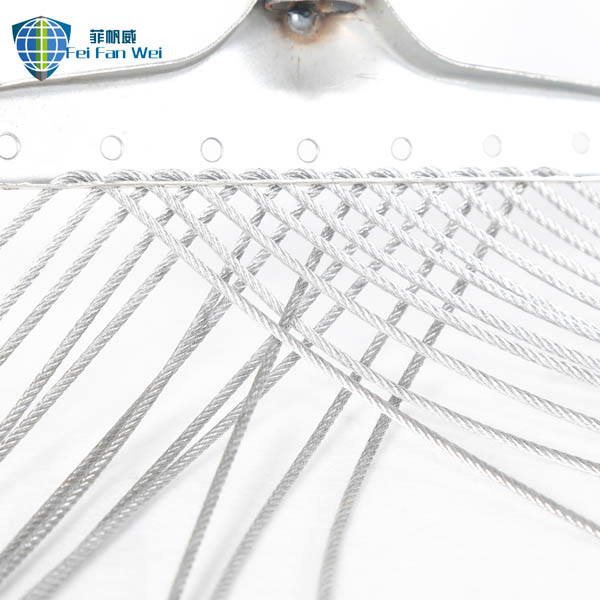Fire safety is a critical concern in both residential and commercial environments, and water mist systems have emerged as a highly effective solution for fire suppression. These systems utilize fine water droplets to control and extinguish fires, offering advantages such as reduced water damage, enhanced cooling effects, and environmental sustainability. However, the design, installation, and maintenance of water mist systems are governed by stringent regulations to ensure their reliability and performance. This article provides a comprehensive overview of the regulatory landscape surrounding water mist fire extinguishing system و water mist sprinkler, highlighting key standards, compliance requirements, and frequently asked questions.
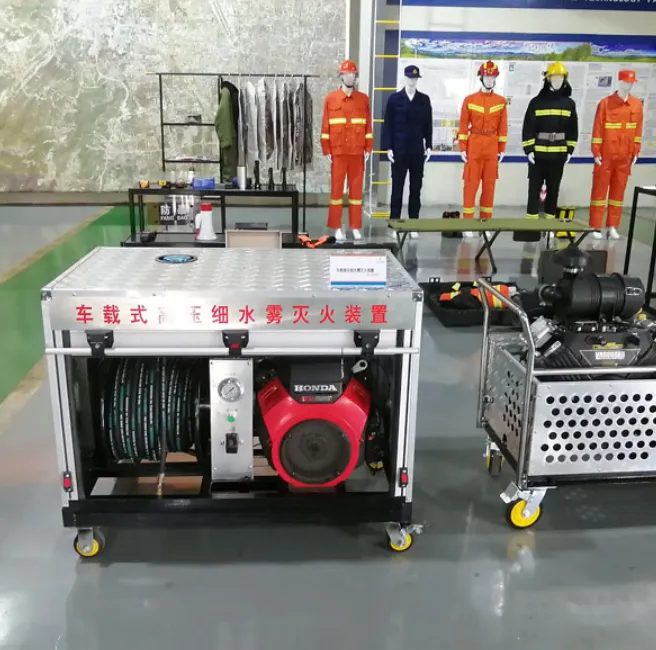
Understanding the Design Standards for Water Mist System
Water mist systems are engineered to deliver finely atomized water droplets, typically with a diameter of less than 1,000 microns. The design of these systems must adhere to internationally recognized standards, such as NFPA 750 (National Fire Protection Association) and FM 5560 (Factory Mutual Global). These standards outline criteria for nozzle placement, water pressure, droplet size distribution, and system activation mechanisms.
For instance, NFPA 750 mandates that water mist fire extinguishing system must undergo rigorous testing to validate their effectiveness in specific hazard classifications, including ordinary hazards (e.g., offices) and special hazards (e.g., data centers or industrial machinery). Compliance with these standards ensures that the system can suppress fires while minimizing water usage and collateral damage. Additionally, regional regulations may impose supplementary requirements, such as seismic bracing in earthquake-prone areas or corrosion-resistant materials in coastal environments.
Manufacturers must also consider the compatibility of water mist sprinkler with existing building infrastructure. For example, retrofitting older buildings with water mist system may require upgrades to plumbing networks or electrical controls to meet modern safety benchmarks.
Key Performance Criteria for Water Mist in Fire Suppression
The efficacy of water mist in fire suppression hinges on its unique physical properties. The small droplet size increases the surface area of water exposed to flames, enhancing heat absorption and oxygen displacement. Regulatory frameworks emphasize the importance of maintaining consistent droplet size and distribution across all operating conditions.
Standards such as EN 14972 in Europe and UL 2167 in the United States specify performance thresholds for water mist fire extinguishing system. These include minimum flow rates, pressure tolerances, and coverage density (measured in liters per minute per square meter). For example, a water mist sprinkler system in a high-ceiling warehouse must deliver sufficient mist density to penetrate rising heat layers and reach the fire source.
Environmental factors also play a role in regulatory compliance. Systems installed in cold climates must incorporate antifreeze solutions or dry-pipe configurations to prevent freezing, while those in high-temperature environments may require heat-resistant nozzles. Regular performance testing, such as flow measurements and droplet analysis, is mandated to ensure ongoing compliance.
Installation and Maintenance Guidelines for Water Mist Fire Extinguishing System
Proper installation and maintenance are paramount for the reliability of water mist fire extinguishing system. NFPA 750 and local building codes provide detailed guidelines for system layout, pipe sizing, and pump selection. For instance, high-pressure water mist system (operating above 34.5 bar) demand specialized piping materials, such as stainless steel, to withstand extreme pressures.
Installers must also verify that water mist sprinklers are positioned to account for obstructions, ventilation patterns, and fire load distribution. In environments with flammable liquids, such as automotive workshops, additional safeguards like foam compatibility may be required.
Maintenance protocols typically involve quarterly inspections of pumps, valves, and nozzles, along with annual full-scale performance tests. Any modifications to the building layout or occupancy type necessitate a re-evaluation of the system’s design to ensure continued compliance. Documentation of all inspections and repairs is essential for regulatory audits and insurance purposes.
Applications and Limitations of Water Mist Sprinkler
Water mist sprinklers are versatile and can be deployed in diverse settings, including residential buildings, museums, marine vessels, and power plants. Their ability to suppress fires without drenching sensitive equipment makes them ideal for data centers or historical archives. However, regulatory standards define clear limitations to their use.
For example, water mist system may not be suitable for fires involving reactive metals (e.g., lithium or magnesium), which require specialized suppression agents. Similarly, regulations prohibit the use of water mist sprinkler in areas where electrical hazards exist unless the system is certified for such environments.
Manufacturers must provide clear documentation outlining the approved applications and restrictions of their water mist fire extinguishing system. Training programs for building operators and fire safety personnel are also recommended to ensure proper system utilization during emergencies.
FAQs About Water Mist Systems
How does a water mist system differ from traditional sprinklers?
A water mist system uses significantly less water by atomizing it into fine droplets, which cool flames and displace oxygen more efficiently. Traditional sprinklers release larger water volumes, which can cause more collateral damage.
Are water mist fire extinguishing systems suitable for residential homes?
Yes, water mist systems are increasingly used in homes due to their compact design and reduced water usage. They comply with residential safety standards when installed according to local building codes.
What maintenance is required for water mist sprinkler?
Routine inspections, nozzle cleaning, and pressure testing are essential. Annual performance evaluations ensure compliance with NFPA 750 or equivalent standards.
Can water mist suppress electrical fires?
Yes, provided the system is designed for electrical hazards. The fine mist is non-conductive when deionized water is used, making it safe for such environments.
Do water mist system require approval from local authorities?
Absolutely. All installations must be reviewed and approved by fire marshals or regulatory bodies to ensure adherence to safety standards.
Water mist systems represent a transformative advancement in fire safety technology, combining efficiency with environmental responsibility. Adherence to regulations such as NFPA 750, EN 14972, and UL 2167 is critical to maximizing their effectiveness. Whether deploying water mist sprinkler in a museum or a water mist fire extinguishing system in an industrial facility, compliance with design, installation, and maintenance standards ensures reliable protection against fire hazards. By understanding and implementing these regulations, stakeholders can safeguard both property and lives while optimizing operational efficiency.









